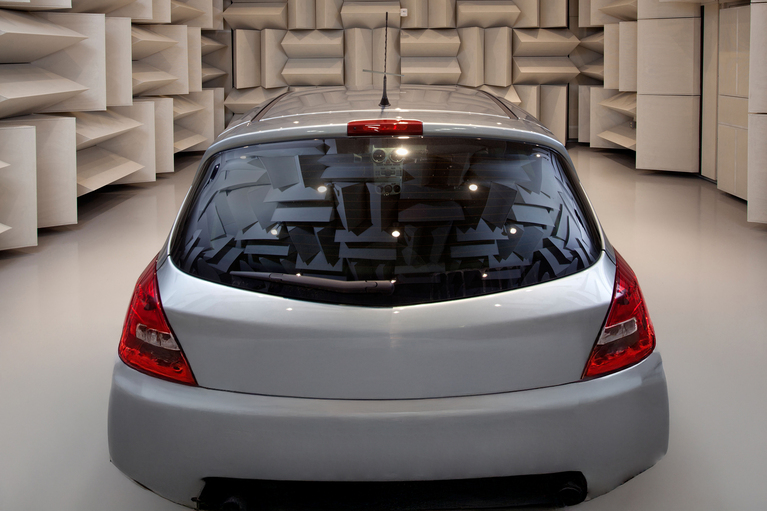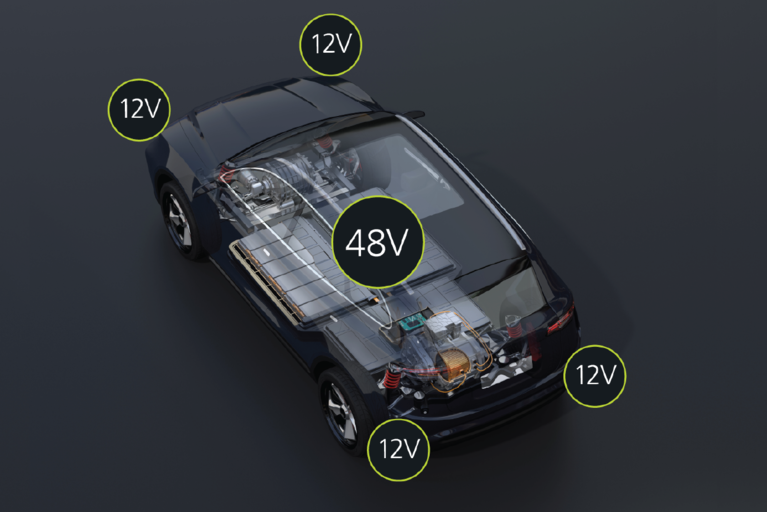
基於 MHz 開關頻率的器件助力實現 DC-DC 轉換器和 EMI 濾波器的小型化
想像一下,使用 DC-DC 轉換器解決方案來利用高頻開關的優勢,而不會發生傳統解決方案的缺點
Components that allow bi-directional power flow are a relatively new concept for many engineers. Our webinar, Enabling Bi-Directional Energy Flow Using DC Power Transformers provided attendees with more information about this new approach. We’ve also put together a number of posts with some of the best questions from the webinar, along with presenter Harry Vig’s answers to help you understand the basics of bidirectional power design more clearly. This post focuses on questions on our fixed-ratio DC-DC converters, the Bus Converter Module (BCM) which features isolation, and the Non-Isolated Bus Converter Module (NBM). Both of these power components will step voltages up and down, depending on the direction of current flow.
Yes, you can. The only thing you need to remember is that the BCMs have their isolated controls on the high-voltage side, but if the power is coming from the low-voltage side, it’s going to be applied on the low-voltage side first. There are a couple of ways that you can apply power to the high-voltage side to start the BCM. You can either use a smaller, dedicated boost converter, or we have something that’s more akin to a flyback transformer that just gives it a single kick to get the high-voltage side booted, and then once the converter comes up and starts operating it will stay on. That’s slightly more complicated, but it’s a less expensive solution. Our application note on reverse mode startup has lots more information about how to design this circuit.
We use the terms high-voltage and low-voltage side, because there’s not really a primary and secondary side: it really doesn’t matter if you configure it in a reverse or a normal forward direction. Today, all of the BCMs have controls on the high-voltage side, so they require power on this side to boot up. The NBMs can power up from either the high-voltage or the low-voltage side.
On the DC transformer, it’s automatic. It’s exactly the same as an AC transformer.
You could have a load transient hitting a BCM or NBM at the same time as you have a line transient coming from a completely different source, and the transformer will couple both through at the same time. So there’s effectively no delay.
Related content
Webinar rebroadcast: Enabling Bi-Directional Energy Flow Using DC Power Transformers
Application note: Using BCM® Bus Convertersin High Power Arrays
基於 MHz 開關頻率的器件助力實現 DC-DC 轉換器和 EMI 濾波器的小型化
想像一下,使用 DC-DC 轉換器解決方案來利用高頻開關的優勢,而不會發生傳統解決方案的缺點
採用 48V 區域架構,打造面向未來的先進電動汽車
隨著原始設備製造商(OEM)採用 48V 電源架構,他們正努力優化其電源系統設計。 Vicor 的高功率密度模組可為 48V 區域架構提供峰值效率
採用先進的電源模組,告別電動汽車高壓預充電電路
借助高密度電源模組,工程師就可以設計創新的架構,在與車輛預充電相關的各種因素間實現完美平衡
支持更多功能、新增有效載荷並延長運行時間
瞭解 Vicor 如何提供高效的大功率並減輕重量,支持更大的有效載荷,從而助力成功完成任務


